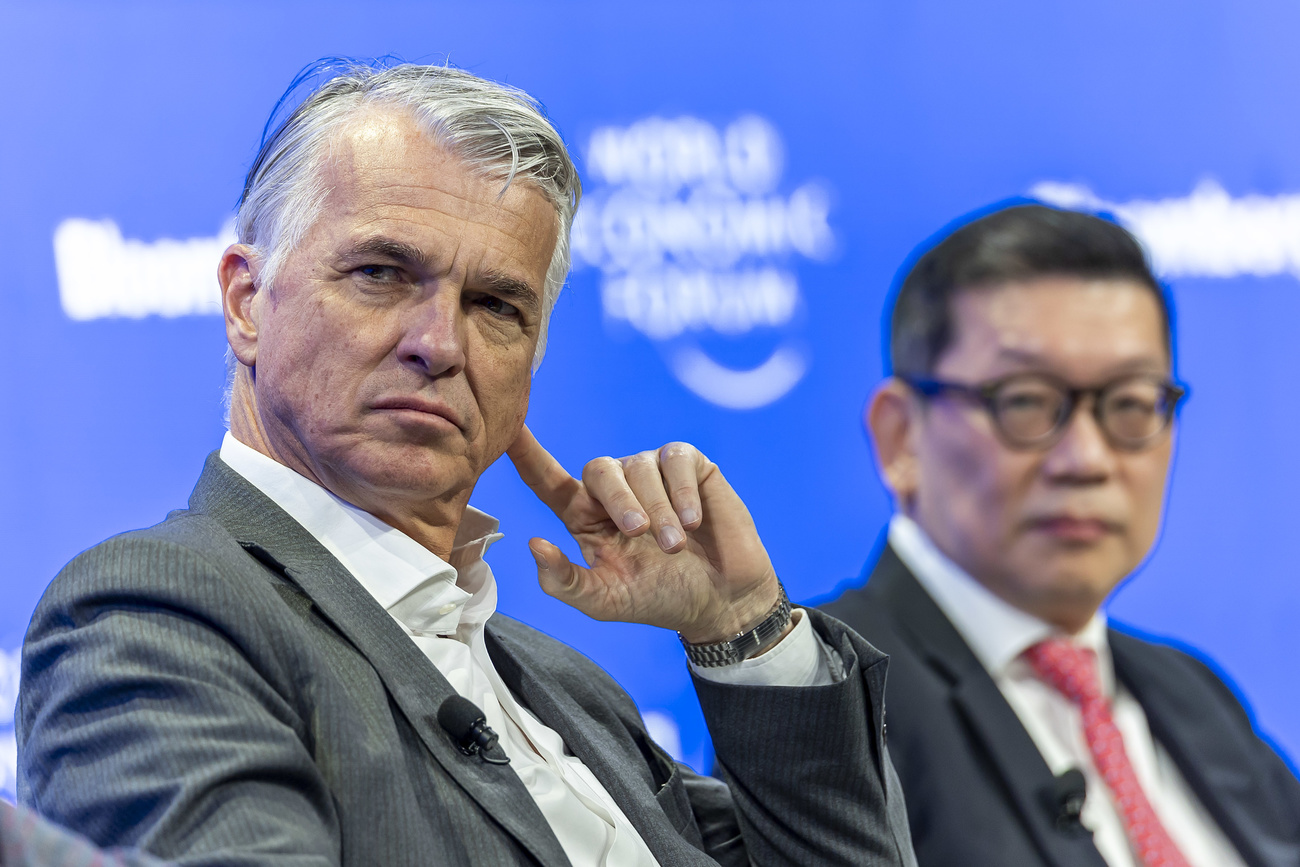Japan Hikes Rates, Solidifying Exit From Rock-Bottom Borrowing Costs
(Bloomberg) — The Bank of Japan raised its key policy rate Friday to the highest level since 2008 and took a more bullish view on the strength of inflation, fueling expectations for more rate hikes and supporting the yen.
Governor Kazuo Ueda and his fellow board members lifted the overnight call rate by a quarter-percentage point to 0.5% at the end of a two-day meeting, according to a statement from the central bank. A hike was almost fully priced into market expectations ahead of the announcement.
The decision to wait until January to hike the rate appeared tied to a need to confirm wage trends, and gauge the initial market reaction to the return of Donald Trump to the White House. The BOJ flagged in its statement the relative stability of current global financial markets as a favorable factor, an indication that it had been monitoring the response to the first days of the new US administration.
“We’ll raise rates and adjust policy if our outlook is realized,” Ueda said in his post-decision press conference, repeating his existing stance. At the same time, he didn’t indicate the BOJ had any specific timing in mind for its next move. “We have no preconception on the pace of rate hikes, given it’s dependent on the future state of the economy and prices,” he said.
The yen gained as much as 0.8% against the dollar to briefly reach 154.85 in Tokyo as Ueda spoke. Yields on 10-year Japanese government debt rose 2 basis points to reach 1.225%. Japanese stocks, many of which benefit from a weak yen, ended the day down 0.1%.
“The BOJ rate hike is supportive for the yen and it is likely to further strengthen from here,” said Wee Khoon Chong, senior APAC market strategist for BNY in Hong Kong. “The relatively hawkish statement points to further rate hikes, which might come as soon as May upon confirmation of wage pressure.”
Ueda’s third rate hike in less than a year was widely expected after he and his deputy hinted that a move was in the pipeline last week. That’s in stark contrast with July when the BOJ’s rate increase caught many investors off guard and contributed to a global market meltdown and the biggest ever daily drop in the Nikkei 225 share gauge.
Traders had almost fully priced in a rate change, while about three quarters of economists predicted the move in a Bloomberg survey released last week. That made the pace of further hikes a key focus for this meeting.
“Ueda probably means it when he says he doesn’t know the final destination of rates,” said Seisaku Kameda, a former BOJ chief economist now at Sompo Institute Plus. “He’s keeping his options open, as he can’t give much rate guidance.”
The rate hike followed a report earlier Friday showing consumer prices excluding fresh food rising at a faster pace of 3%, well above the central bank’s inflation target.
In its outlook report, the BOJ raised most of its inflation projections, with all six of them currently at 2% or more for the first time since it started publishing them. The confident view on the strength of inflation is likely to reinforce a broad market perception that the BOJ will raise rates at a gradual pace of once every six months or so, provided the yen doesn’t succumb to renewed weakness.
“What will continue to be important is the trend in exchange rates,” said Takeshi Minami, economist at Norinchukin Research Institute, indicating that going too fast might end up putting a brake on hikes. “If the yen continues to weaken, politically speaking, the rise in import prices will put pressure on people’s livelihoods, and the BOJ will find it easier to raise interest rates.”
Ueda’s comments on the neutral rate — where policy is neither accommodative or restrictive for the economy — hinted that the BOJ doesn’t necessarily share economists’ view that the end point of the current cycle will be 1%.
“We do think there’s still some distance to the neutral rate” said Ueda, while noting one BOJ analysis that suggested the neutral rate could be somewhere between 1% and 2.5%. “We’ll continue our analysis of the neutral rate, but it’s also a problem that’s very difficult to figure out in real time.”
On the one hand the rate increase demonstrates once again the BOJ’s outlier status as the only major central bank raising rates, when the Fed and the European Central Bank are lowering borrowing costs or keeping them on hold.
But from the perspective of levels, Japan is heading closer toward the rates of other countries and creating room to respond to economic events in the future in a conventional manner should it be necessary. The BOJ now shares the title of having the world’s lowest rate with the Swiss National Bank, rather than holding it alone.
Moving in January also helps clear BOJ policy from the agenda as Prime Minister Shigeru Ishiba looks to reach a deal with some opposition lawmakers to secure passage of the annual budget before April.
After inflation played a primary role in defeating incumbent political leaders around the world last year, Ishiba’s cabinet has signaled little objection to the hike and the leaders of Japan’s biggest business lobbies and government officials expressed their understanding for the move ahead of the meeting.
This kind of environment created an opportune timing for the hike, unlike the rate hike cycle in the 2000s when the central bank faced strong opposition.
“I think Ueda is gaining confidence about prices,” said Harumi Taguchi principal economist at S&P Global Market Intelligence. “But the situation could change because there is a high degree of uncertainty, especially around US economic policy. Given that, they’re trying to remain flexible about future responses.”
–With assistance from Yoshiaki Nohara, Erica Yokoyama, Winnie Hsu and Keiko Ujikane.
(Adds more comments from Ueda’s press conference, economist views.)
©2025 Bloomberg L.P.







